Hello science loving friends! While visiting a museum I collected some interesting photos about many plants with hundreds of millions of years and I thought why not create a post? few know but there is a branch of paleontology that studies fossilized plants and it is paleobotany, have you ever read about it? no matter!! today we will learn in a short post about it! Enjoy my photos and information!👨🏫🧠
Hola amigos amantes de la ciencia! mientras visitaba un museo recolecte unas fotos interesantes sobre muchas plantas con cientos de millones de años y pense por que no crear un post? pocos conocen pero hay una rama de la paleontologia que estudia las plantas fosilizadas y se trata de la paleobotanica, alguna vez leiste sobre ella? no importa!! hoy aprenderemos en un corto post sobre ella! disfruta de mis fotos y la informacion! aprenderemos en un corto post sobre esta rama tan interesante y misteriosa! disfruta de mis fotos y la informacion!🌳🌼🦕

What do we know about paleobotany?🌏🌿/ Que sabemos sobre la paleobotanica??🧠🙇♂
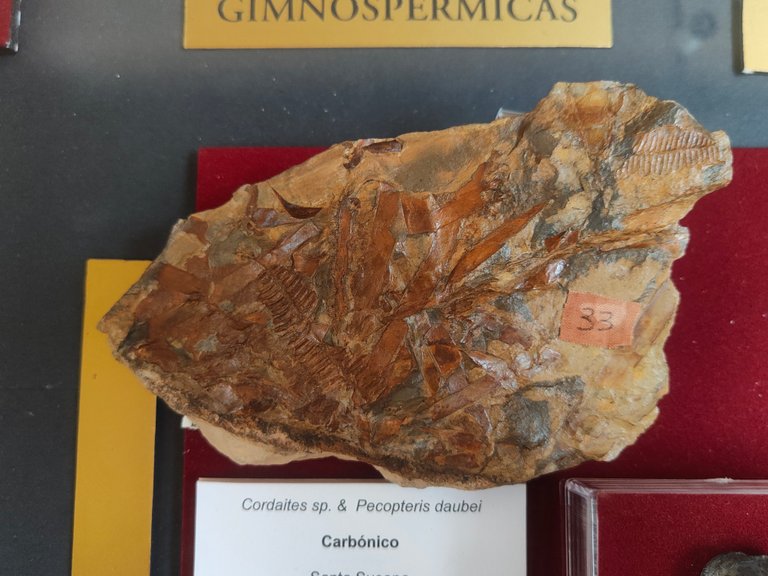
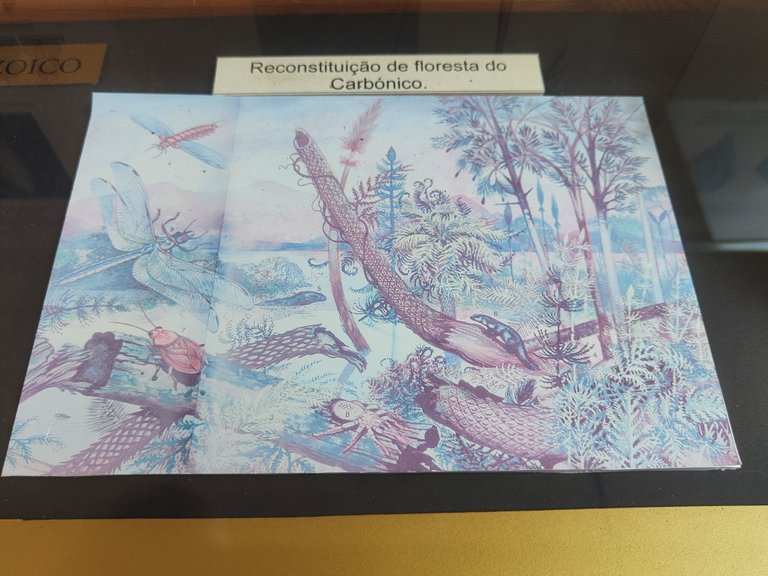
Paleobotany ends up being the "branch of plant paleontology", it is a beautiful scientific discipline that studies fossilized plants in all existing forms, including: "leaf, root, stem, seeds, including algae and microalgae". Thanks to paleobotany we can try to decipher the mysteries of our planet, just like the animal kingdom, plants with the passing of the year have changed their morphology and physiology, for example the current plants of Antarctica do not look as they would have millions of years ago.🌳👨🏫🍂
La paleobotanica acaba por ser la "rama de la paleontologia vegetal", es una hermosa disciplina cientifica que estudia las plantas fosilizadas en todas las formas existentes, incluyendo la: "hoja, raiz, tallo, semillas, inclusive algas y microalgas". Gracias a la paleobotanica podemos intentar descifrar los misterios de nuestro planeta, al igual que el reino animal las plantas con el pasar de año ha cambiado su morfologia y fisiologia, por ejemplo las plantas actuales de la antartica no tienen el aspecto que tendrian hace millones años.🌲🤓👨🎓📚


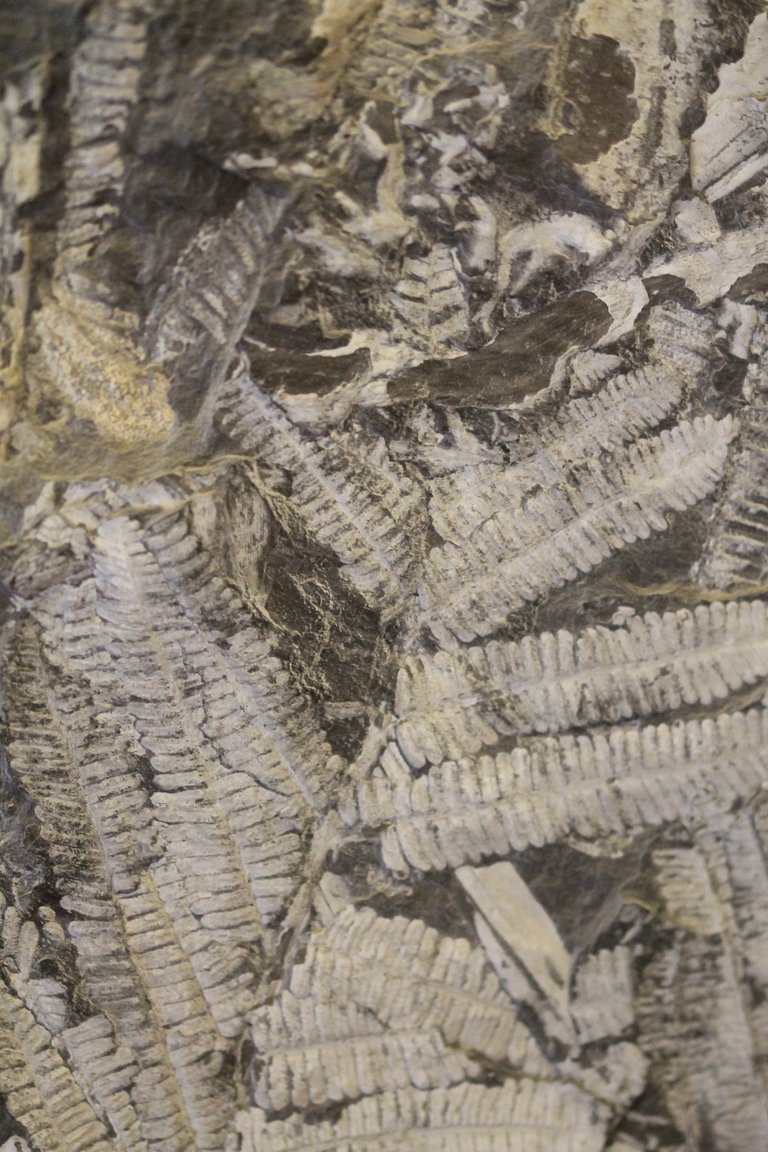
Scientists, thanks to the plant fossils, were able to make a comparison in the time line and discovered that the plants in the "Shetland" islands inhabited the planet in the Mesozoic, that is, between 240-60 million years, but then those same plants appeared again in the Cenozoic 65 million years ago including our present, which tells us that plants can disappear in certain periods of time but then reappear again!🤓👨🎓🌏
Los cientificos gracias a los fosiles de las plantas pudieron realizar una comparacion en la linea de tiempo y descubrieron que las plantas en las islas "Shetland" habitaron el planeta en el Mesozoico osea entre 240-60 millones de años, pero luego esas mismas plantas aparecieron nuevamente en el Cenozoico hace 65 millones de años incluyendo nuestro presente, lo que nos dice que las plantas pueden desaparecer en ciertos periodos de tiempo pero luego reaparecer nuevamente! 📚🌲

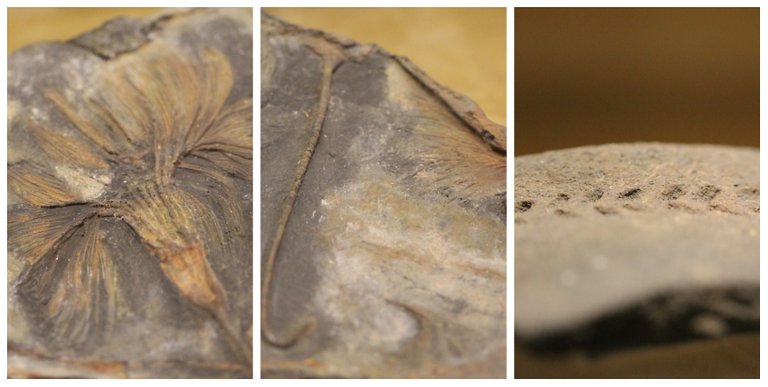
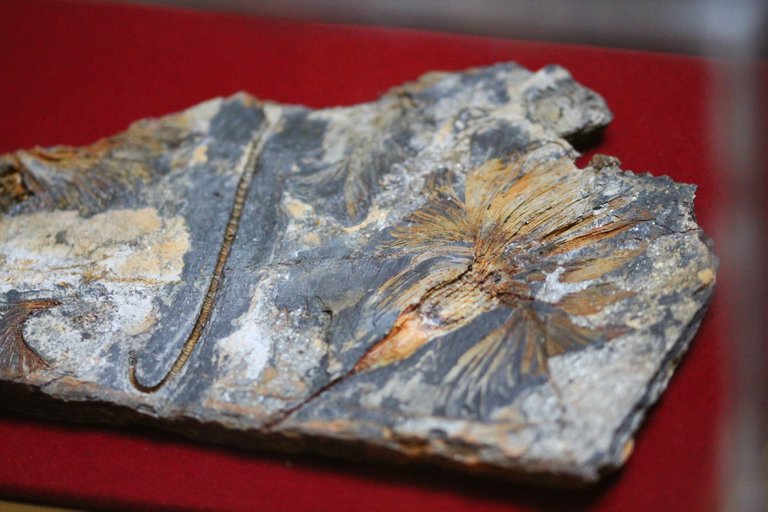
What we know as the current flora is the result of millions of evolutionary years, for this biological process to happen, the climate and the geography of the earth had to undergo changes since the plants adapt to the changes of the planet, the paleobotanists take much interest in fossilized plants found in Antarctica to discover clues as to how plant life has changed since the Cenozoic.🌿🧠🧭
Lo que conocemos como la flora actual es el resultado de millones de años evolutivos, para que sucediera este proceso Biologico el clima y la geografia de la tierra debieron sufrir cambios ya que las plantas se van adaptando a los cambios del planeta, los paleobotanicos le toman mucho interes a las plantas fosilizadas que se encuentran en la antartica para descubrir pistas de como la vida vegetal fue cambiando desde el Cenozoico.👨🏫👨🎓🌏🤯

What have we discovered???🌏🌿/ Que hemos descubierto???🧠🙇♂

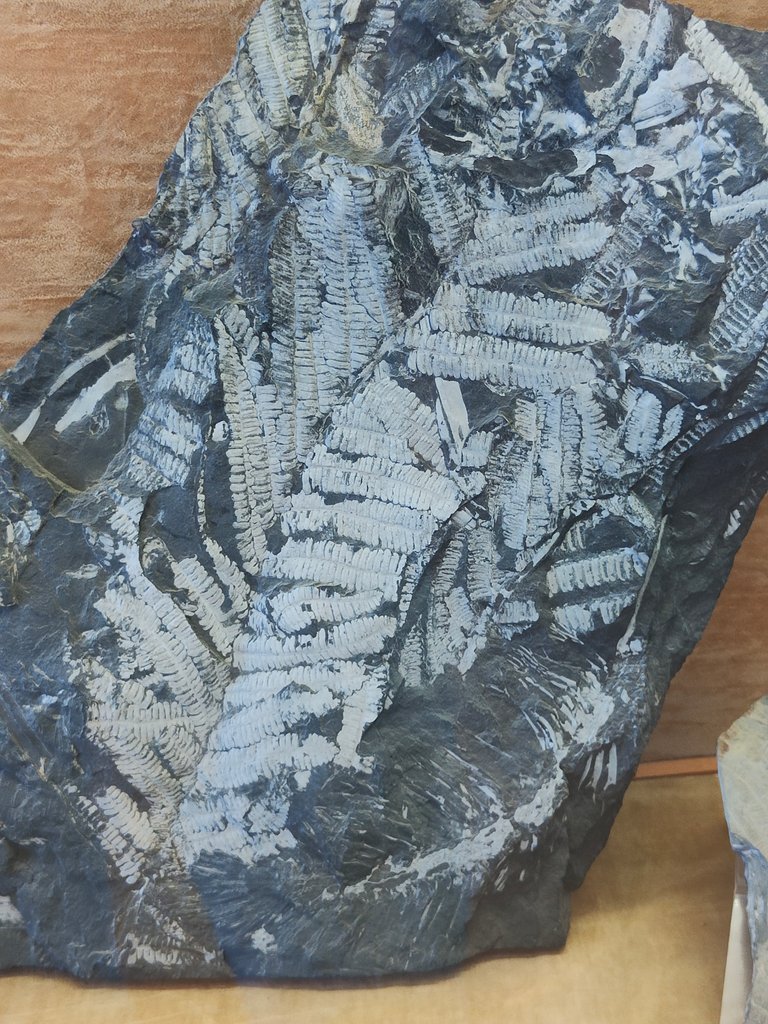
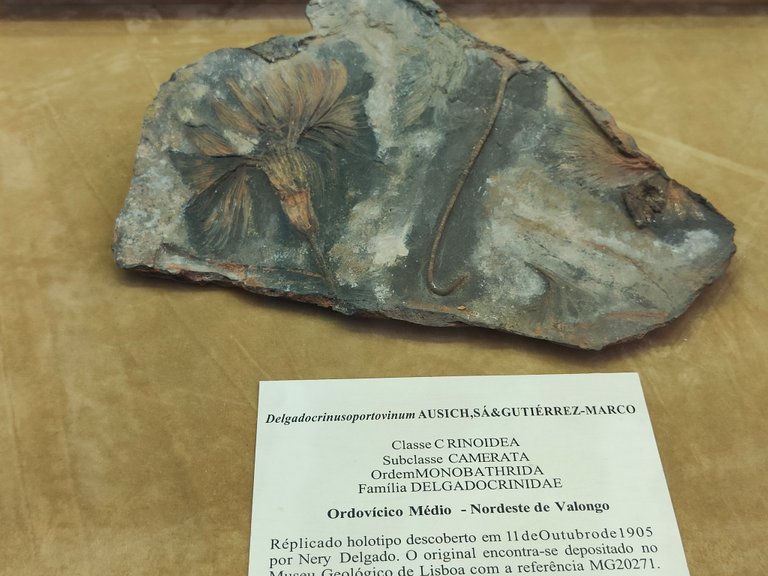
This is where we can measure the importance of this science because thanks to it we were able to discover that in Antarctica there was vegetation in all the eras of the earth, being the Miocene period where the most recent fossilized remains were discovered more than 1.8 million years ago, How is it possible that plants that inhabited Patagonia and that currently also exist in "Tasmania" were obtained?🌳🍂🚩
Aqui es donde podemos medir la importancia de esta ciencia porque gracias a ella pudimos descubrir que en la antartica existio vegetacion en todas las eras de la tierra, siendo el periodo Mioceno donde se descubrieron los restos fosilizados mas recientes hace mas de 1.8 millones de años, como es posible que se consiguiesen plantas que habitaron la patagonia y que actualmente tambien existe en "tasmania"??🌏🚩🌄

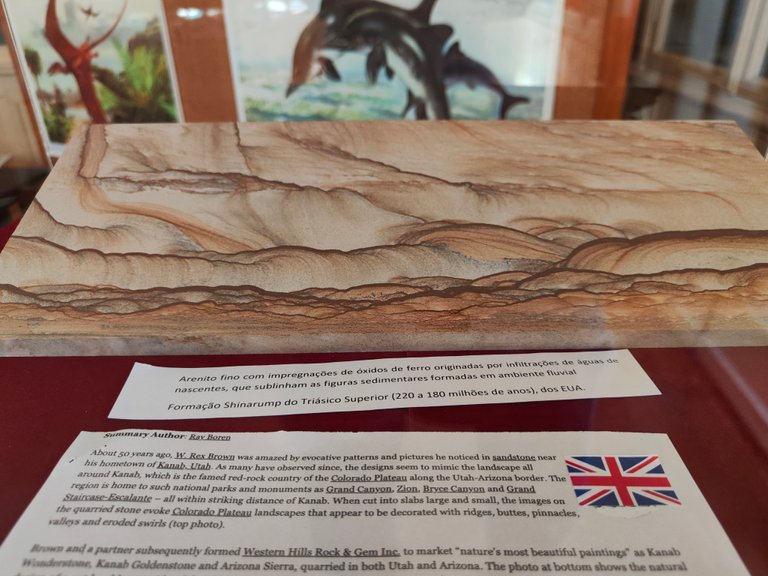
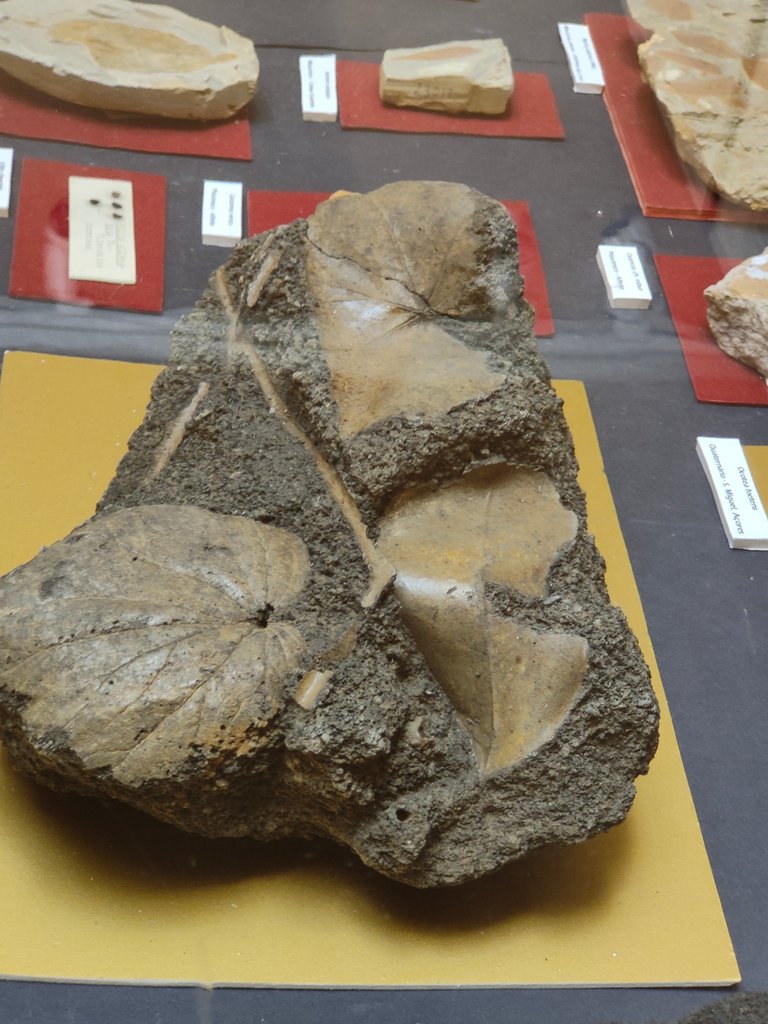
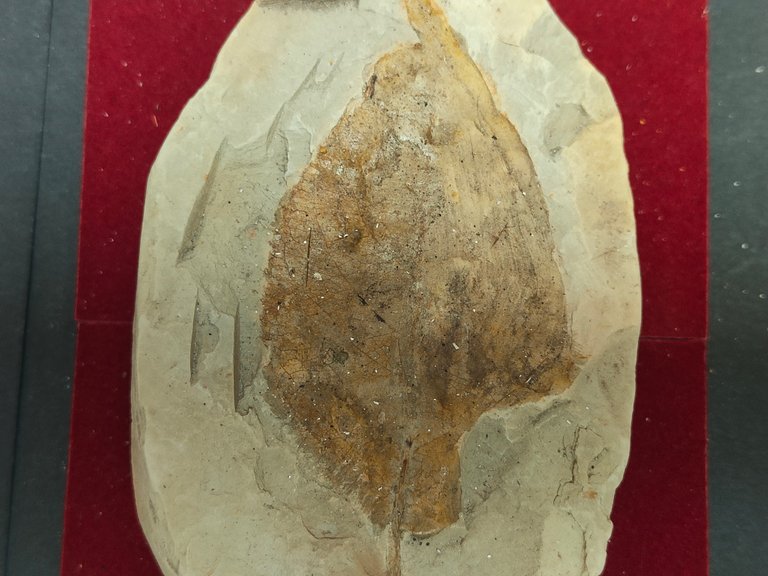
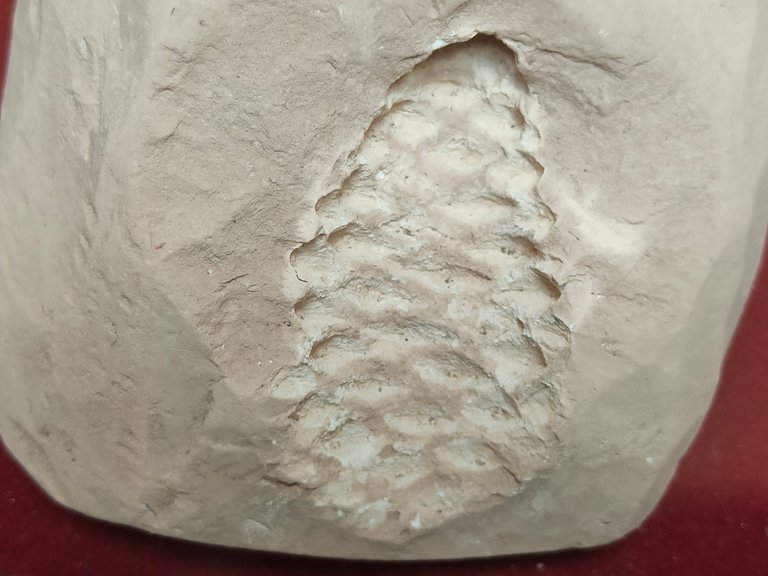
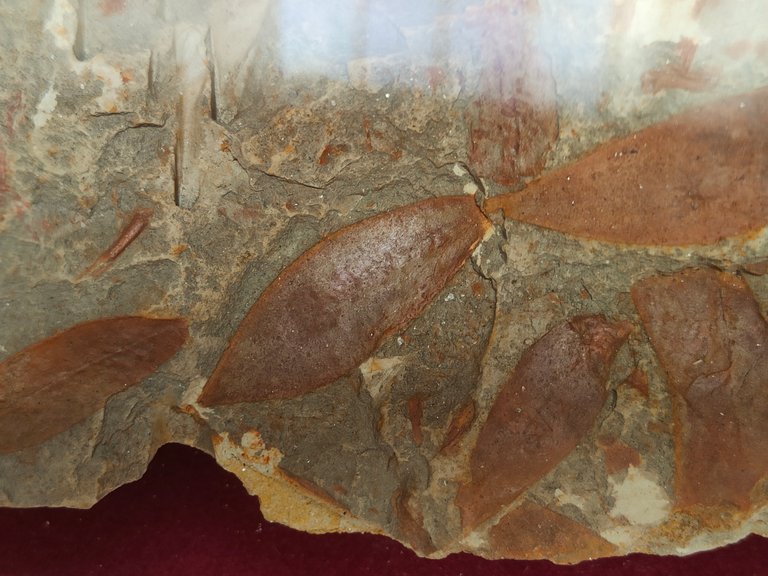
Our planet presented balanced environments in many geological eras and in each ecosystem a specific vegetation developed, in the Paleogene, that is, more than 55 million years ago our planet suffered global warming and this made Antarctica warm at this point many species grew of plants from temperate environments, later the Antarctic cooled and the vegetation literally disappeared, with only 2 species of plants existing!🌏🌿💧
Nuestro planeta presento en muchas eras geologicas ambientes equilibrados y en cada ecosistema se desarrollaba una vegetacion especifica, en el Paleogeno osea hace mas de 55 millones de años nuestro planeta sufrio un calentamiento global y esto hizo que la antartica fuese calida en este punto crecieron muchas especies de plantas de ambientes templados, posteriormente la antartica se enfrio y la vegetacion literalmente desaparecio existiendo solo 2 especies de plantas!📚🌳🤯👨🎓👨🏫


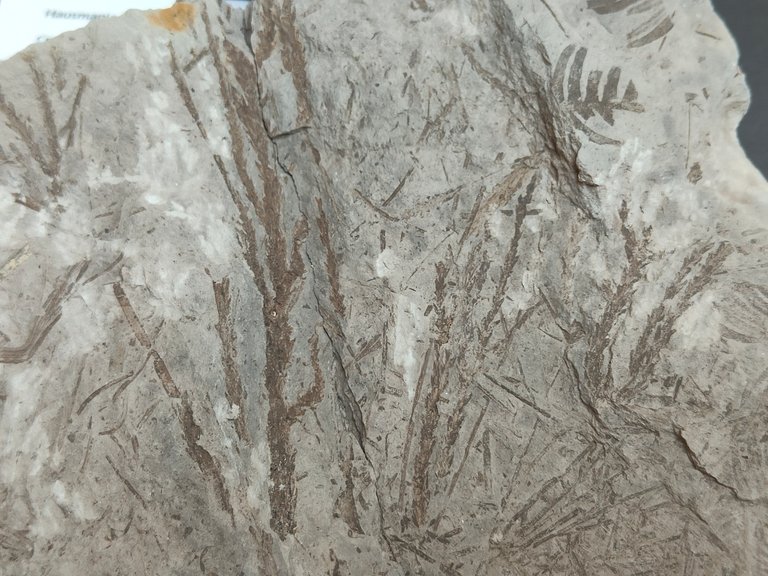
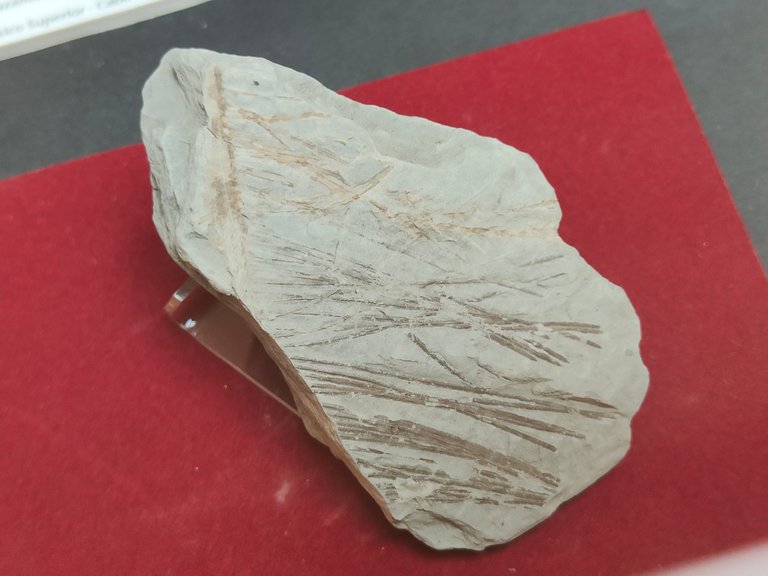
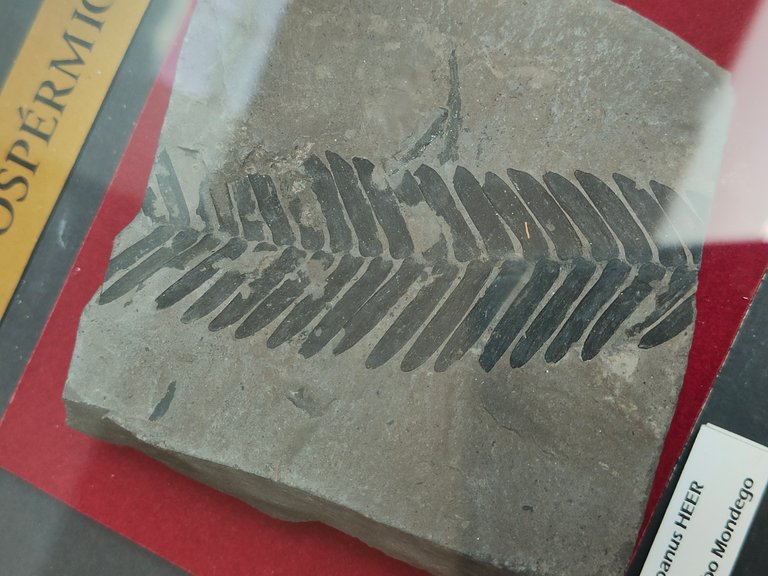
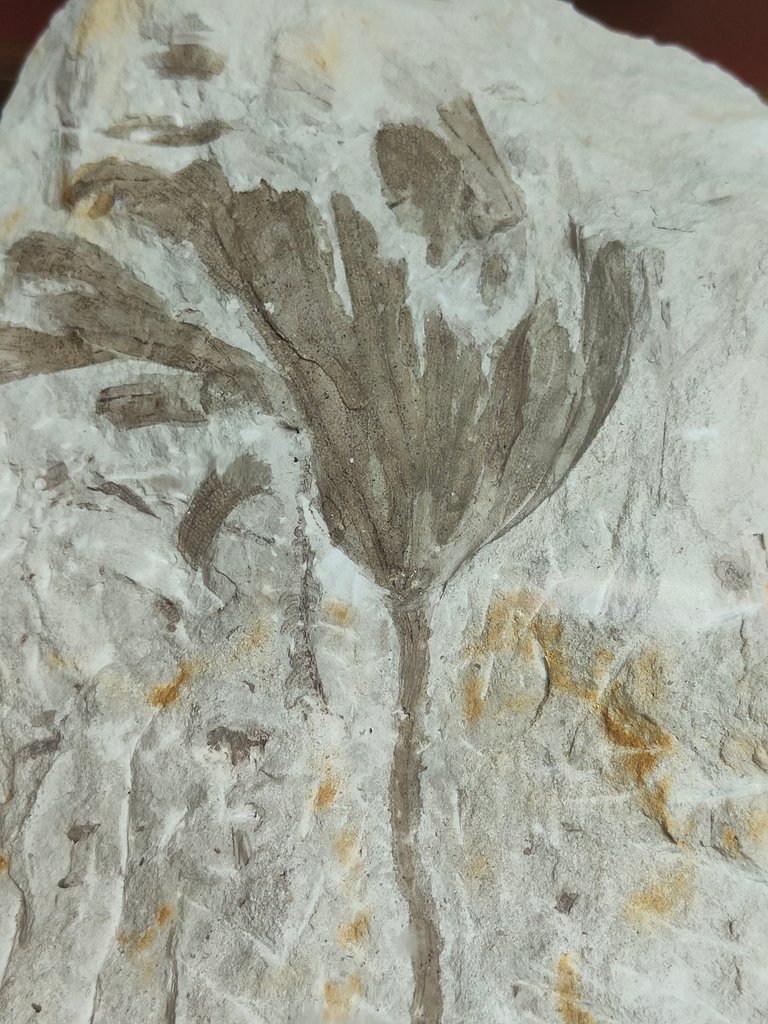
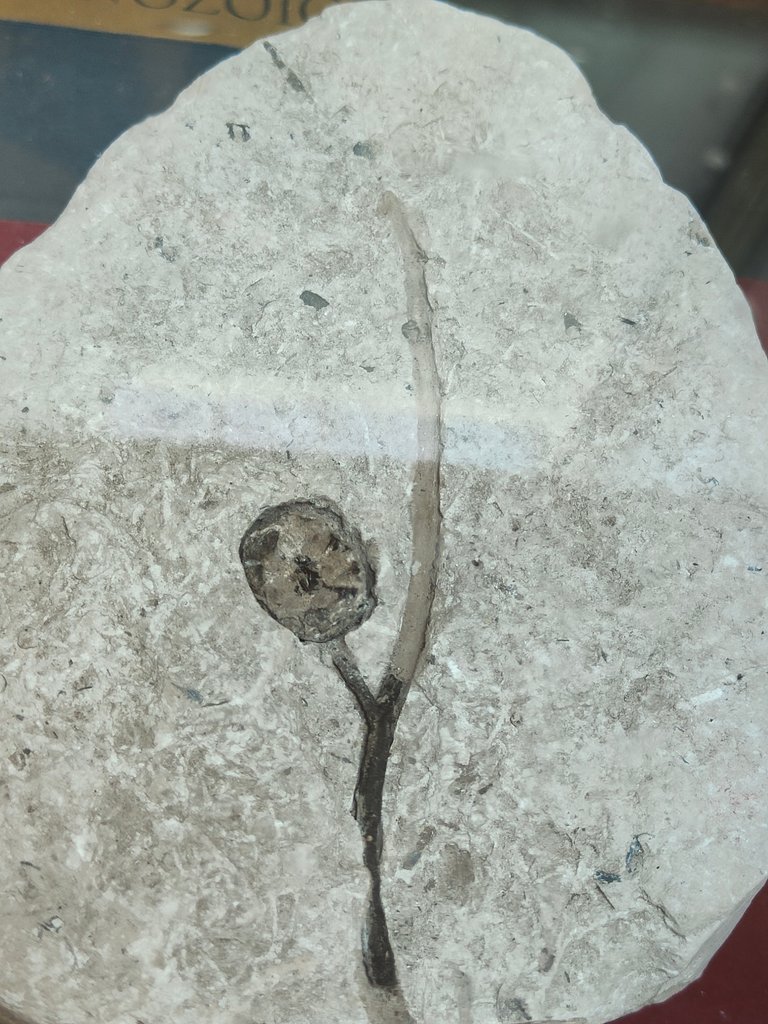
scientific evidence?🌏🌿/ Pruebas cientifica??🧠🙇♂
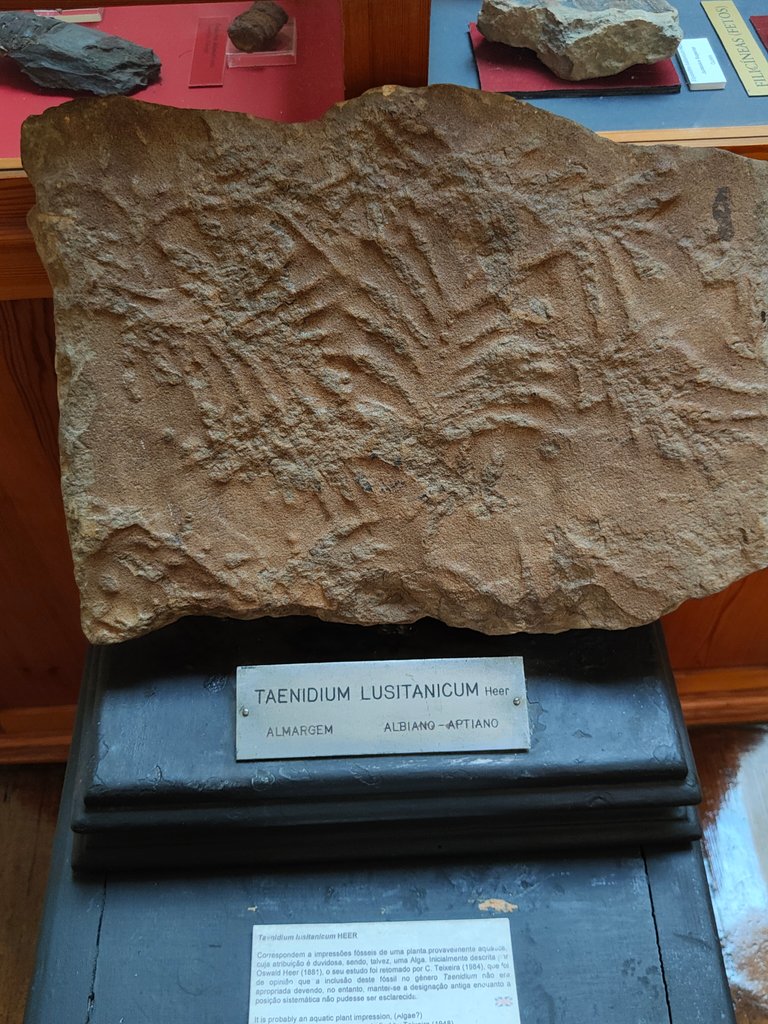

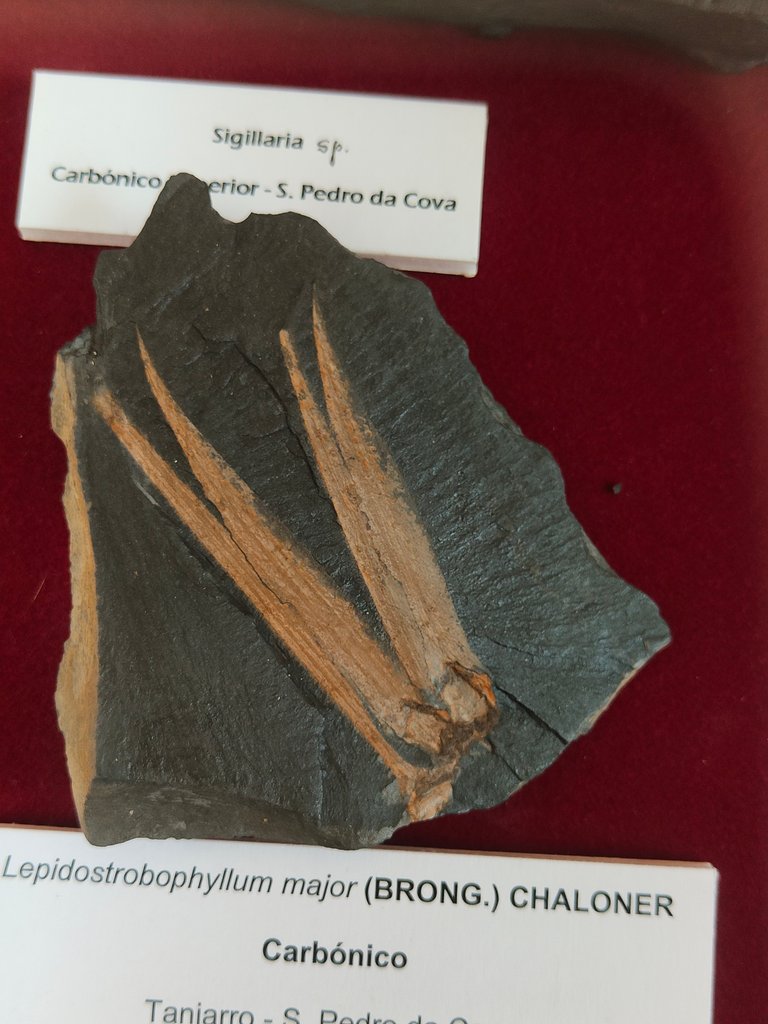
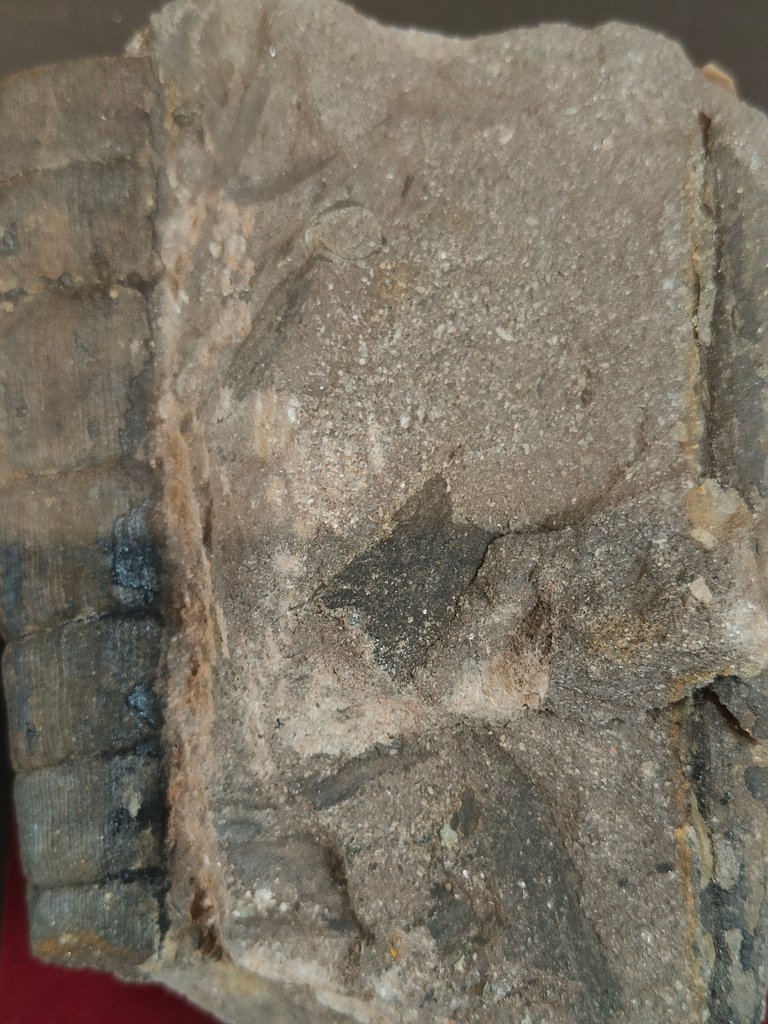
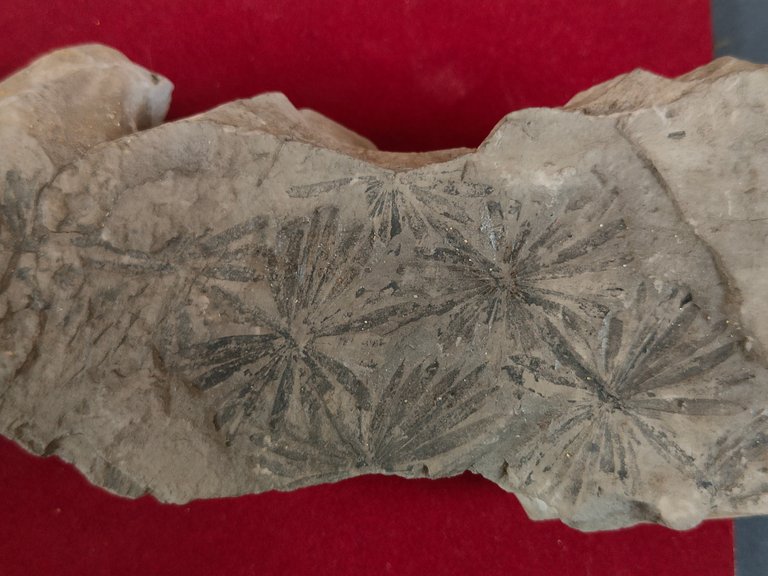
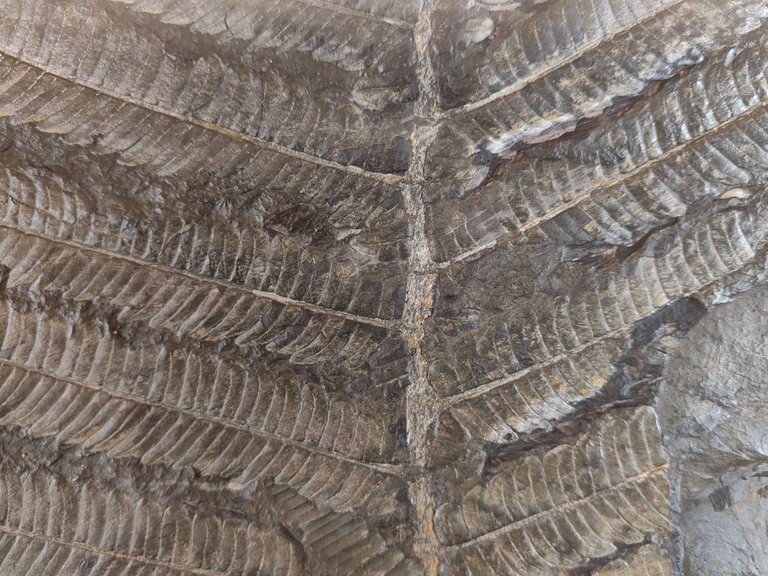
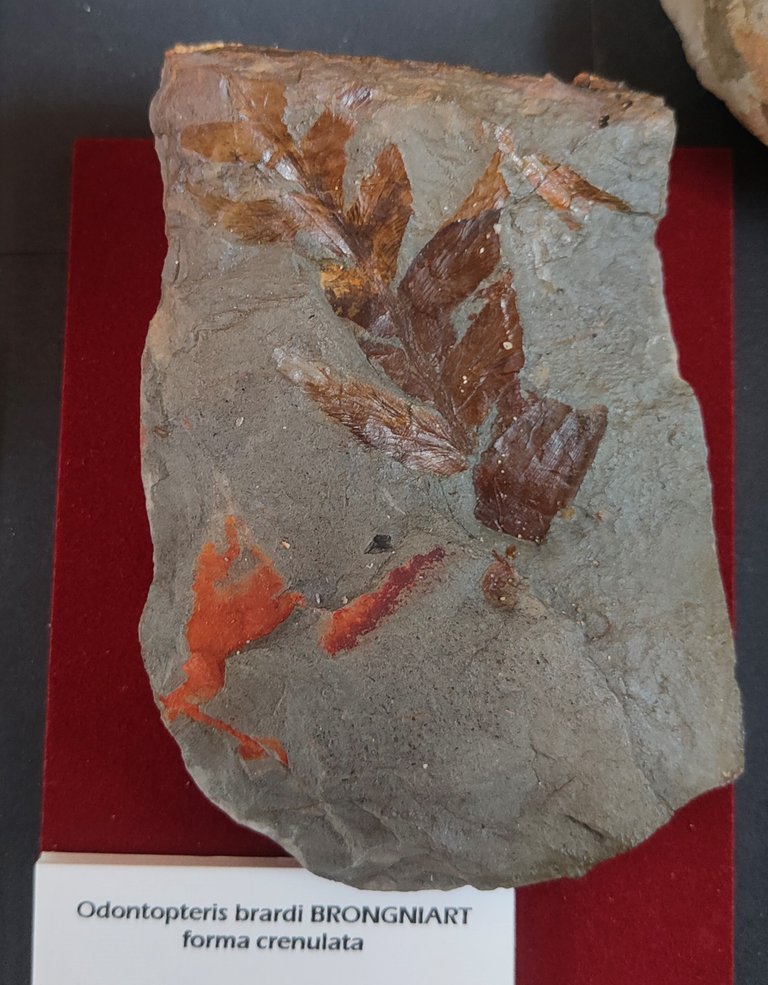
There is a genre that fascinates paleobotanists and it is the "Nothofagus" a set of plant species that inhabited the Antarctic for many years and that later developed in tropical and humid environments, everything happened in the Eocene where the set of glaciations pushed the species to colonize tropical zones as a product of the separation of the great Antarctic and South American continent🤓🌄💧
Hay un genero que fascina a los paleobotanicos y es el "Nothofagus" un conjunto de especies vegetales que habitaron el antartico por muchos años y que luego se desarrollaron en ambientes tropicales y humedos todo ocurrio en el Eoceno donde el conjunto de glaciaciones empujo a las especies a colonizar zonas tropicales como producto de la separacion del gran continente antartico y sudamericano 🤯📚🧠🧭
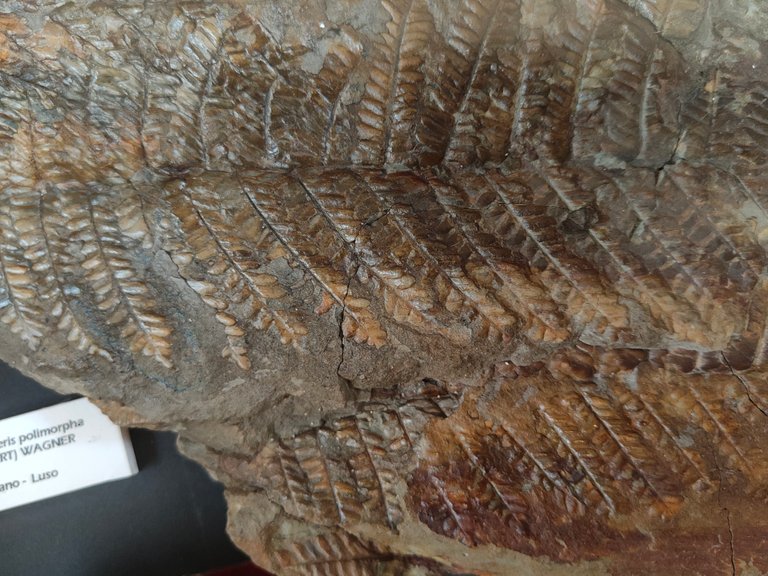


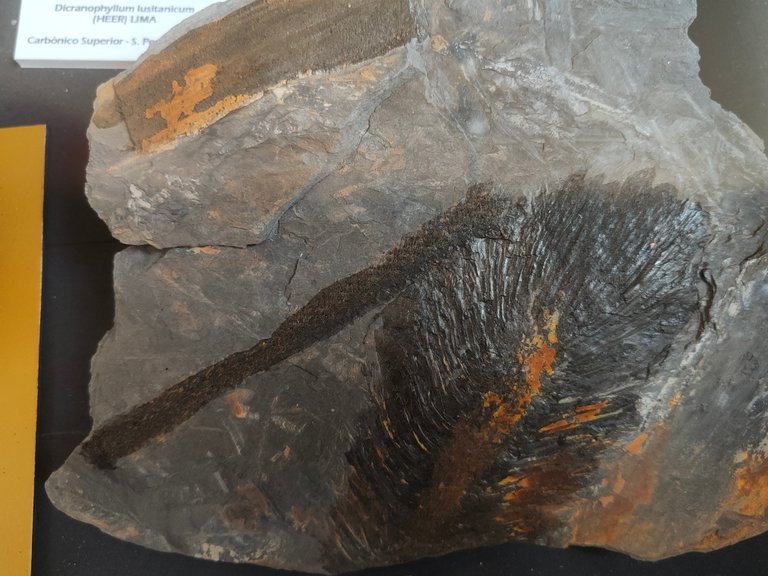

Biostratigraphic?🌏🌿/ Bioestratigráficos?🧠🙇♂
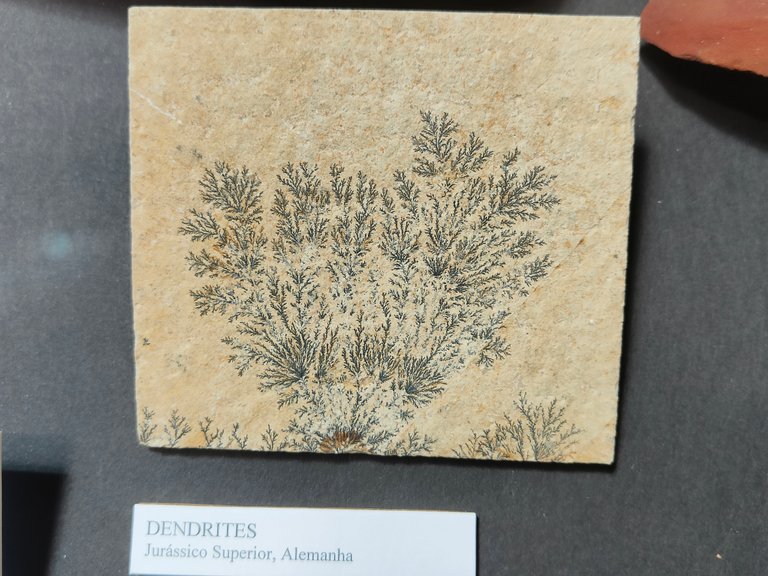
I had never read this word and it is interesting because paleobotany applies it, it is a way of uniting the ancient territory using plant fossils, that is, thanks to plant fossils you can order the coastlines and know in what time line it begins and the "continents" end.🌳🌏🌿
Nunca habia leido esta palabra y es interesante porque la paleobotanica la aplica, se trata de una forma de unir el territorio antiguo utilizando fosiles de plantas, osea gracias a los fosiles de plantas se puede ordenar los litorales y saber en que linea de tiempo comienza y acaban los "continentes".🌳🌳🧠

DNA is an organization to foster and DENSIFY NATURE-APPRECIATION which aims to establish REPORTS OF BIODIVERSITY DATA that is contributed by all of us Hiveans and subsequently cataloged.
Therefore DNA searches for HIGH-QUALITY posts that aim to DESCRIBE and determine the BIODIVERSITY AROUND YOU with added EXPLANATIONS and INFORMATION. For these informative posts they offer a CURATION SERVICE using the @dna.org account. It is also a CURATION TRAIL. Just add the #dna TAG if you think that any of your posts is what they are looking for.
GRACIAS POR LEERME / THANKS FOR READING ME /FOTOS DE MI PROPIEDAD / PHOTOS OF MY PROPERTY)🙂🧠🦾👍
Referencias bibliograficas / Sources:








































Discord Server.This post has been manually curated by @steemflow from Indiaunited community. Join us on our
Do you know that you can earn a passive income by delegating to @indiaunited. We share 100 % of the curation rewards with the delegators.
Here are some handy links for delegations: 100HP, 250HP, 500HP, 1000HP.
Read our latest announcement post to get more information.
Please contribute to the community by upvoting this comment and posts made by @indiaunited.
Muy interesante de verdad está presentación. Gracias por traerla. Saludos! 😊
Saludos cariño gracias por el apoyo
Wow, es increíble toda esta información y las imágenes muy interesantes y esto "hace más de 55 millones de años nuestro planeta sufrió un calentamiento global y esto hizo que la antártica fuese cálida en este punto crecieron muchas especies de plantas de ambientes templados, posteriormente la antártica se enfrió y la vegetación literalmente desapareció existiendo solo 2 especies de plantas!"me asusta jejeje, todo en esta vida es un ciclo. Saludos y gracias por compartir estas imagenes, que para los que no tenemos la facilidad de viajar y disfrutar de las cosas impresionantes que hay en el mundo, agradecemos la posibilidad de verlas por acá.
Woww I never see before like this. The leaf of the shape on the stone is unbeliable.
Hi friend thanks for support
Muy interesante el tema y asombroso ver como se han conservado tan bien los fósiles de esos vegetales